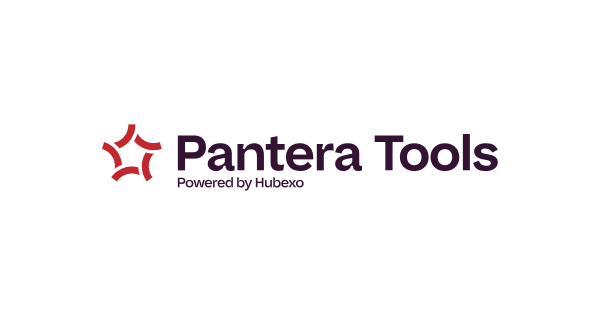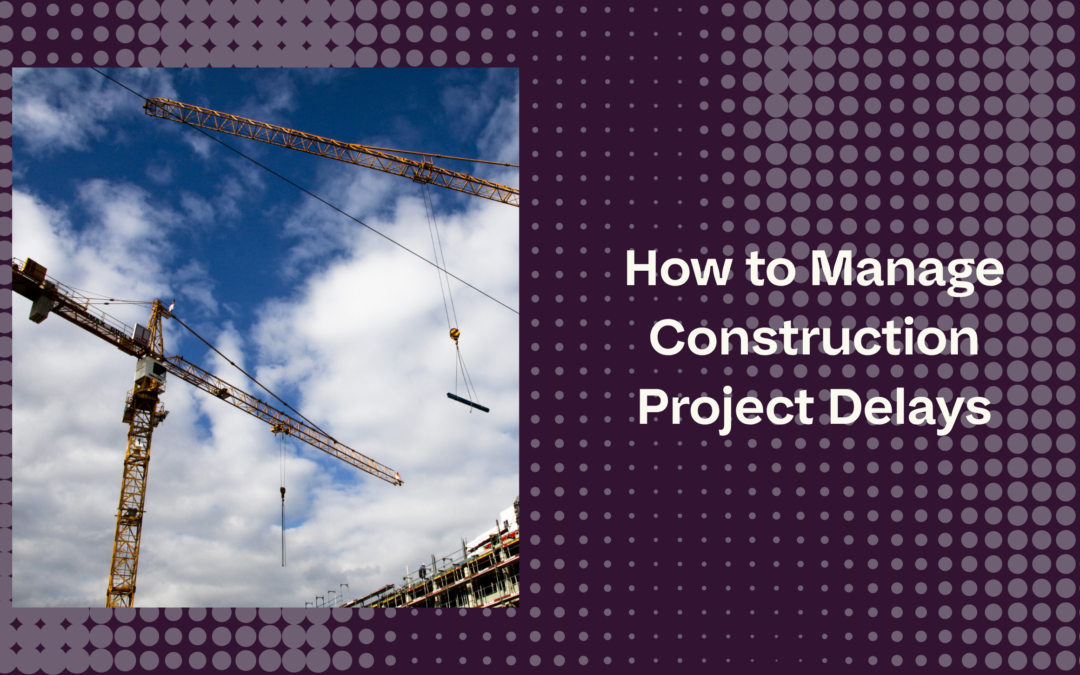Table of Contents
- What Are Construction Claims?
- What Causes Construction Claims?
- How to Avoid Construction Claims
- Managing Construction Claims
- Construction Claim Management Tools and Resources
- How Hubexo Construction Management Software Helps Prevent Construction Claims
- Conclusion
Construction claims are a common yet complex aspect of the construction industry. These claims arise in various forms, including construction delay claims, personal injury claims, termination claims, design deficiency claims, warranty claims, changes in scope claims, quality of work claims, liquidated damages claims, and performance bond claims, each highlighting different circumstances and implications on project timelines, finances, and overall project management.
They arise when one party in a construction contract believes the other has not fulfilled their contractual obligations. These claims can lead to disputes, delays, and even costly litigation. This article will explore what construction claims are, the common types, their causes, and, most importantly, how you can avoid them.
Click here to get a free demo of our project management platform.
A construction claim is a demand for additional compensation, time, or both, due to perceived or actual breaches of a construction contract. Clear terms and conditions in construction contracts play a crucial role in preventing such disputes. These claims can come from contractors, subcontractors, or project owners and often stem from disagreements about project scope, delays, or unforeseen conditions.
Related: How Technology Can Help You Find New Projects.
Common Types of Construction Claims
Common construction claims are typical scenarios faced by contractors and clients during construction projects. Understanding these claims, such as differing site conditions, is crucial to manage potential legal issues proactively during the contract drafting phase.
- Delay Claims: Occur when a project doesn’t meet agreed-upon timelines, often resulting in financial loss for one party.
- Change Order Disputes: Arise when there’s disagreement over modifications to the original project scope.
- Defective Work Claims: Result from alleged substandard work or materials that don’t meet the contract specifications.
- Payment Disputes: Involve disputes over unpaid or underpaid invoices, retainage, or other compensation issues.
- Force Majeure Claims: Related to delays or disruptions caused by unforeseen events such as natural disasters or pandemics.
Related: Pitfalls to Avoid When Hiring Subcontractors.
Construction claims typically stem from issues like:
- Poorly Drafted Contracts: Ambiguous language or incomplete terms can lead to misunderstandings.
- Project Delays: Weather, labor shortages, or supply chain issues can disrupt timelines, leading to construction delay claims. These delays can result in significant financial implications for clients and potential for expensive claims and litigation.
- Scope Creep: Unclear project specifications lead to disputes over what was originally agreed upon.
- Inadequate Communication: Misunderstandings can escalate when expectations aren’t clearly outlined and shared.
Related: The Four Major Elements of Highly Successful Contractors.
Preventing construction claims is essential to maintaining productive relationships and ensuring project success. Here are the key strategies:
- Document Everything: Keep detailed records of all communications, agreements, and changes. This documentation can be crucial in resolving disputes and proving your case if a claim arises.
- Automate Payment Methods: Implementing automated payment methods can prevent disputes related to construction payments. Automation helps maintain timely documentation and enhances cash flow management, reducing the prevalence of payment issues.
Related: Helpful Subcontractor Management Tips for Your Projects.
1. Draft Clear and Comprehensive Contracts

A well-drafted contract is the foundation of a claim-free project.
- Include detailed scope of work, timelines, payment schedules, and dispute resolution procedures in the contract documents to minimize risks associated with termination claims, warranty claims, payment disputes, changes in scope claims, quality of work claims, cost overrun claims, liquidated damages claims, and performance bond claims.
- Review contracts with legal experts to ensure all parties understand their obligations.
2. Foster Open Communication
Regular communication can help identify and address issues before they escalate.
- Use construction management software to track progress and share updates.
- Hold regular meetings to discuss potential risks and resolve minor disputes early.
3. Conduct Thorough Risk Assessments
Anticipating potential challenges can prevent claims.
- Identify project-specific risks such as weather, site conditions, and supply chain concerns.
- Create contingency plans to address these risks proactively.
4. Document Everything
Proper documentation is critical for avoiding and resolving claims.
- Maintain detailed records of contracts, change orders, correspondence, and daily logs.
- Use tools like Hubexo to organize and store all project documentation securely.
- Manage progress reports and related documents to prevent disputes and ensure accountability.
Related: Why Annual Qualification of Subcontractors is the New Norm.
5. Manage Change Orders Effectively
Change orders are a common source of disputes, but they can be managed effectively.
- Clearly outline the process for change orders in the contract.
- Document every change request, including cost and schedule impacts, and obtain written approval.
- Emphasize the importance of proper construction methods to ensure the quality of work meets contract standards, preventing additional costs, delays, and a decline in project quality.
6. Partner with Reliable Stakeholders
Work with experienced contractors, subcontractors, and suppliers to minimize risk.
- Vet partners carefully by reviewing their previous project history and references.
- Use platforms like Hubexo to find and connect with trusted professionals.
7. Progress Reporting and Document Management
Effective progress reporting and document management are crucial in preventing construction claims. By maintaining accurate and up-to-date records, contractors can track project progress, identify potential issues, and address them before they escalate into claims. Construction management software can help streamline this process by providing a centralized platform for document management, progress reporting, and collaboration.
Regular progress reports are essential for identifying potential issues such as project delays, changes in scope, or defects in workmanship. By addressing these issues promptly, contractors can prevent claims from arising. Additionally, accurate document management can help resolve disputes by providing a clear record of project events, decisions, and communications. This proactive approach not only helps in preventing construction claims but also ensures that the project stays on track and within budget.
Related: How to Get Construction Leads.
8. The Importance of Early Issue Resolution
Early issue resolution is critical in preventing construction claims. By addressing issues promptly, contractors can prevent them from escalating into claims. This requires effective communication, collaboration, and problem-solving skills. Contractors should establish a clear process for reporting and resolving issues, and ensure that all stakeholders are aware of their roles and responsibilities.
Related: How Subcontractors Streamline Workflow and Projects.
Early issue resolution can help prevent claims by:
- Identifying and addressing potential issues before they escalate
- Reducing the risk of project delays and cost overruns
- Improving communication and collaboration among stakeholders
- Providing a clear record of project events, decisions, and communications
By fostering a culture of proactive issue resolution, contractors can maintain smoother project workflows and minimize the risk of disputes.
Click here to get a free demo of our project management platform.
Managing Construction Claims

Managing construction claims requires a proactive and strategic approach. Contractors should establish a clear process for managing claims, including:
- Identifying and addressing potential issues before they escalate
- Maintaining accurate and up-to-date records
- Communicating effectively with stakeholders
- Collaborating with experts, such as lawyers and mediators, to resolve disputes
Construction management software can help streamline the claims management process by providing a centralized platform for document management, progress reporting, and collaboration. This ensures that all relevant information is easily accessible and that communication between parties is clear and efficient. By taking a structured approach to managing construction claims, contractors can reduce the risk of disputes and ensure that any issues are resolved quickly and fairly.
Related: Top 3 Causes of Construction Project Rework and How to Avoid Them.
Construction Claim Management Tools and Resources
There are several construction claim management tools and resources available to help contractors manage claims effectively. These include:
- Construction Management Software: Platforms like Hubexo offer comprehensive tools for project management, document control, and communication.
- Claim Management Software: Specialized tools such as ClaimMaster and Construction Claims Manager are designed to help manage and resolve claims efficiently.
- Online Resources: Organizations like the Construction Industry Institute and the American Bar Association’s Construction Industry Forum provide valuable information and guidelines on managing construction claims.
- Expert Services: Engaging with lawyers, mediators, and construction consultants can provide expert advice and assistance in resolving complex claims.
By leveraging these tools and resources, contractors can improve their ability to manage construction claims and reduce the risk of disputes and litigation. Utilizing the right combination of technology and expert services ensures that claims are handled professionally and efficiently, safeguarding the success of construction projects.
Related: The Ultimate Guide to Risk Mitigation.
Hubexo simplifies project management and communication, reducing the likelihood of claims:
- Centralized Documentation: All project data is stored in one accessible location, ensuring transparency.
- Collaboration Tools: Seamless communication helps resolve issues before they become disputes.
- Risk Management Features: Hubexo’s tools identify potential risks and track their resolution.
- Accurate Project Site Conditions: Ensuring the actual conditions of the project site align with the client’s representation in the contract can prevent differing site conditions claims. Hubexo helps manage and document this information effectively.
Construction claims can significantly disrupt projects, but they are avoidable with the right approach. By drafting clear contracts, maintaining open communication, managing risks, and documenting everything, you can minimize disputes. Tools like Hubexo further streamline these processes, empowering construction professionals to focus on delivering successful projects rather than handling claims.
Read similar posts on our blog page.
Click here to get a free demo of our project management platform.







